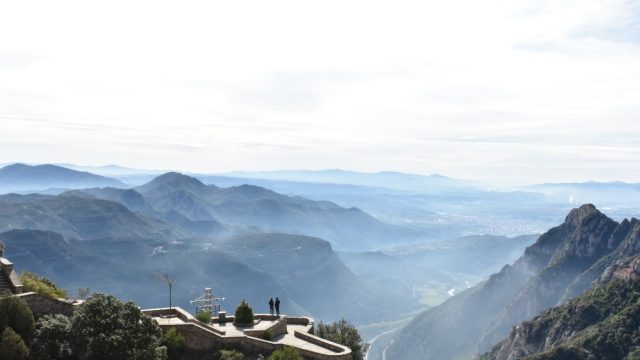Articles found in: Spain

Leave Your Mark, Not Your Footprint: A Guide to Sustainable Travel in Spain
Published on September 9, 2024
Leave Your Mark, Not Your Footprint: A Guide to Sustainable Travel in Spain By: Turespaña It might not come as a surprise that Spain is one of the leading tourist destinations in the world for its vibrant culture, rich history and stunning landscapes. But did you know that Spain is a global leader in sustainable […]
Keep reading
Savor the Journey: 5 Immersive Culinary Experiences for the Foodie in You
Published on September 28, 2023
Savor the Journey: 5 Immersive Culinary Experiences for the Foodie in You If the thought of learning to cook a delicious dish in a local kitchen makes your taste buds tingle with excitement, this post is for you. By Dominique Ferrari, Collette Ever considered donning a chef’s apron on your next vacation? We’ve curated a […]
Keep reading
Spain’s Commitment to Tourism Sustainability
Published on April 19, 2022
Spain’s Commitment to Tourism Sustainability By: José Manuel de Juan of The Tourism Office of Spain Spain is one of the world’s tourism leaders, ranking second among the most visited countries. As part of this leadership role, the Government of Spain has launched an ambitious scheme that seeks to promote the transformation of tourist destinations […]
Keep reading
5 Sustainable Ways to Explore the Great Outdoors of Spain
Published on January 4, 2021
Spain is an outdoor enthusiast’s dream, with 15 national parks, 52 biosphere reserves, 40 designated natural spaces, 15 geoparks, and dozens of starlight reserves. It is a destination that offers sustainable tourism experiences, where travelers can be confident that they are traveling to protected areas and preserving the natural habitat. The landscapes themselves vary from […]
Keep reading
How to Visit the Picturesque Small White Villages of Spain
Published on January 4, 2021
Along Spain’s southern coast is the large region of Andalusia, made up of eight provinces with Seville as the capital city. Two of these provinces, Malaga and Cadiz, are famed for the prettiest historic architecture: Pueblos Blancos, translated to White Villages. Here are the most picturesque places to go in each area. Malaga The city […]
Keep reading
Off-the-Beaten Path in the Lush ‘Green’ Spain Region
Published on January 4, 2021
Green Spain is a region in Northern Spain that earned its name for its dense forests, lush pastures, and wet, temperate oceanic climate. Stretching along the Atlantic coast between the borders of Portugal and France, vibrant cities line the green coast. Four autonomous communities make up the Green Spain region, which include Galicia, Asturias, Cantabria […]
Keep reading
The 10 Tastiest Dishes and Drinks in Spain
Published on December 17, 2020
Spain is world-renowned for its wine culture, olive oil farms, and traditional dishes like tapas and paella. Famous Spanish restaurants and chefs are experts when it comes to the healthy Mediterranean diet, and each region boasts its own specialty. Here are ten gastronomic experiences to check off your foodie bucket list on your next trip […]
Keep reading
